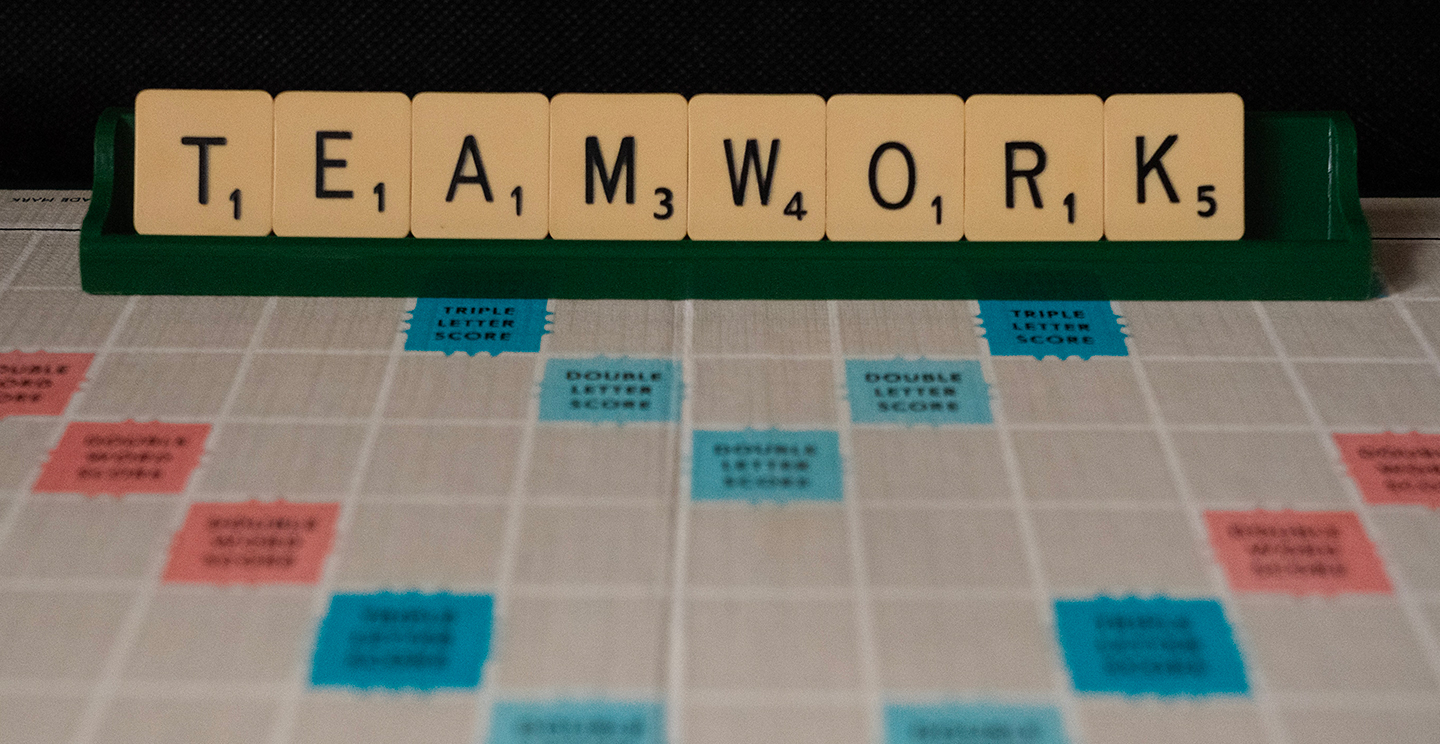
With the fashion industry changing so fast, what jobs will be in demand in the future? That’s the question. Of course, when approaching a career or researching jobs in fashion, there are many elements you should consider. So, it might be helpful to understand the qualifications and requirements of various positions – that’s why Maze35 launched this series. In Episode 1, I delved into one of the business areas where the pandemic-related and geopolitical events of the past two years have influenced the search for new experts: the supply chain. Now it is time to explore an area changing driven by employees’ need for flexibility, remote working and mental wellness, and consumer demand for progressive diversity, inclusion and social responsibility policies: I am talking about the roles and responsibilities of human resources.

It is undeniable that human capital is one of the most critical assets for any organisation’s success. In addition, any company must be able to attract and retain the best talents in the market and develop their skills by adapting them to business needs, keeping each employee’s motivation and dedication to corporate values alive.
To ensure the best performance (both individual and the team’s), promoting a positive employee experience is paramount, creating a pleasant work environment where each employee can have their skills, commitment and personal expectations recognised.
Inside an organisation, a business function must ensure a positive employee experience: Human Resources Management (HRM). This term refers to the set of activities aimed at managing a company’s human capital, such as, for example, search and selection, training and orientation, performance appraisal, as well as professional growth and compensation plans.

And it is precisely the Human Resources Management team, made up of professionals with diverse skills and expertise, which oversees the development and implementation of HRM procedures, ensuring their effectiveness and supporting all company departments and their managers in the daily management of teamwork.
The circumstances of the last few years and the rise of new social issues have led HRM professionals to identify new strategies for optimum personnel management. Let’s now consider how much home working has affected employees’ performance, motivation, and dedication to work.
In recent times, the professional figure in charge of selecting future employees – the Talent Acquisition Manager – has been required to develop new recruitment and selection methods.
Recruitment channels and the world of social media have come very close to each other. It is no doubt that LinkedIn is the most widely used channel. Still, platforms such as Facebook or Instagram have also proved useful, even if requiring a communication style and approach that are certainly different from the past. This also applies to social distancing, which has increasingly converted in-person interviews into online interviews, speeding up the possibility of meeting candidates but requiring the recruiter to sharpen their active listening skills and pay more attention to nonverbal communication.

Orientation and training courses, designed to keep workgroups’ hard and soft skills up to date, have become a new challenge for Training Managers. They have been required to develop new formats to meet employees’ needs by promoting distance learning and providing streamlined yet effective content.
Compensation issues, under the Comp&Ben Manager’s responsibility, have seen the development of increasingly articulated Welfare and Benefits packages in addition to the base salary. The intention is to attract the best talent but also to retain those already in the company without exceeding personnel spending limits.
With a link to the broader issue of social responsibility, the ever-more important topic of diversity has created, even in Luxury & Fashion companies, a new professional figure: the D&I Manager.
The Diversity&Inclusion Manager has the task of identifying and implementing policies that promote diversity in the workplace, maximising its potential and minimising disadvantages, avoiding any form of discrimination, and protecting minorities. The aim is to foster more varied and inclusive work groups where everyone can actively participate in the company’s success.
Let’s conclude this quick overview by mentioning a new figure that few companies still have in their workforce. It represents, along with many others, a new challenge for the future of HRM: the Chief Happiness Officer (CHO). This recent-born figure in the U.S. has the main task of promoting and evaluating well-being in the company; the term happiness is perhaps a bit extreme but gives an idea of why such a figure can be strategic in any company. By working crosswise with all HR figures, the CHO constantly monitors the actual level of the Employee experience, taking steps whenever possible to avoid situations of discomfort, such as mobbing, or promoting more and more experiences that can really make the workplace a healthy and rewarding place, including from a psychological point of view.

Jacqueline Bonati,
Tutor in Fashion Business courses, Milan

